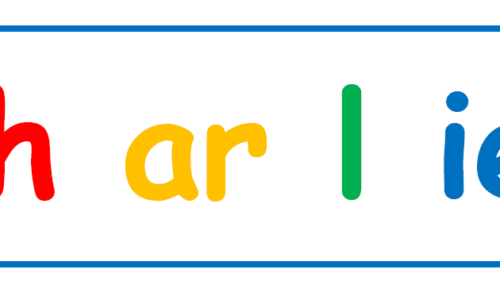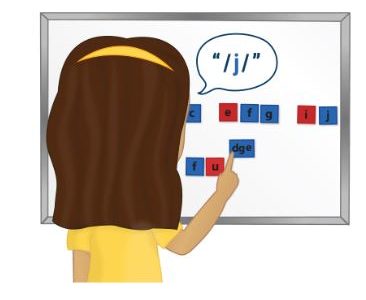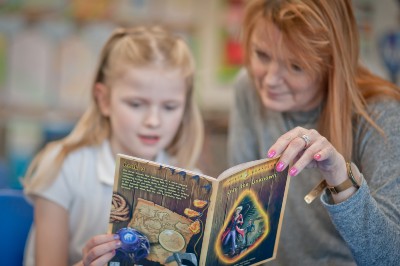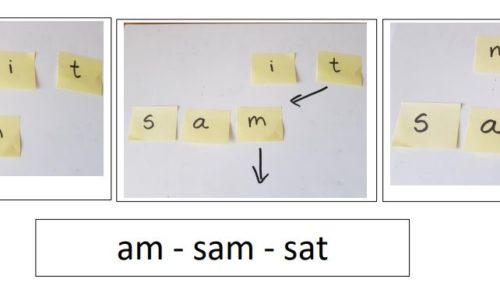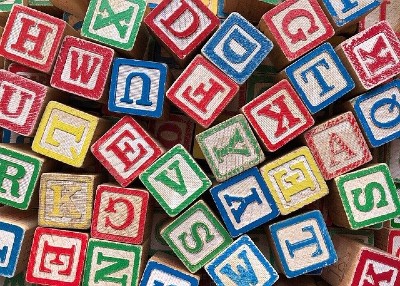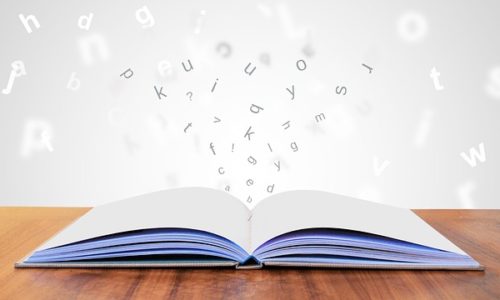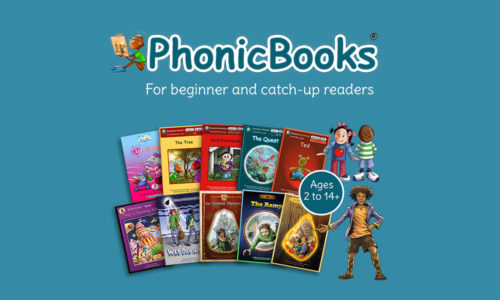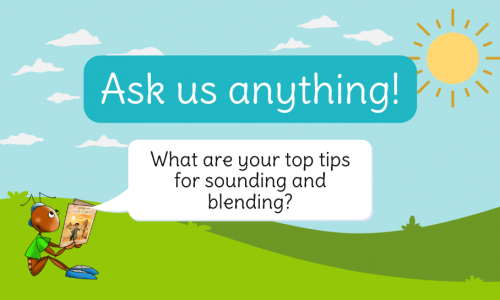
There is a difference between ‘sounding out’ and ‘blending’. Sounding out a word entails recognising the letter/sound correspondences, e.g. seeing the letters “p” and being able to say the sound /p/. Children will need to remember the letter shape and distinguish it from similar looking letters, e.g., p/q; b/d/; m/w/; f/t etc. They also need […]
Read More

